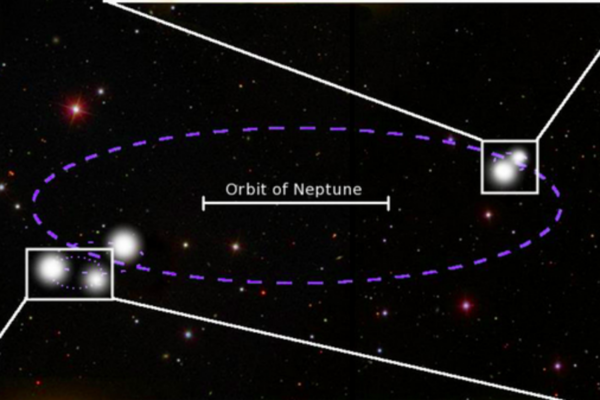'Exotic' five-star system that could rival Star Wars sky discovered

A research team has discovered a rare five-star system 250 light years away from Earth in the Ursa Major constellation.
Inhabitants on planets orbiting the pairs would be dazzled by an array of suns in their skies.
Comprising a pair of binaries and a lone companion, the quintuplet was discovered from data using small and low cost cameras on the SuperWASP (Wide Angle Search for Planets) project.
The two binaries constitute a detached binary with a massive separation distance and a contact binary that is so close they share an outer atmosphere.
"This is a truly exotic star system. In principle there's no reason why it couldn't have planets in orbit around each of the pairs of stars. Any inhabitants would have a sky that would put the makers of Star Wars to shame," Dr Marcus Lohr, from the Open University told BBC.
The SuperWASP captures images of the sky every few minutes. These are observed for varying brightness over years.
The light curves are plots of brightness against time. Pairs of dips in brightness are produced when binaries pass in front of one another.
Analysis of the light curves led to the detection of the double binary and companion star.
The binaries orbit around a mutual centre of gravity in the same plane at a distance of 21 billion km.
The detached binary in itself has a separation distance of some three million km between the two stars.
The fact that they all move in the same plane, point to a common origin from the same "proto-stellar disk" of dust and gas.
The findings have been presented at the UK National Astronomy Meeting in Llandudno.
Only one other five-star system had been discovered by Nasa's Kepler planet-hunting telescope.
© Copyright IBTimes 2025. All rights reserved.





















